Improving drainage
mlevie
16 years ago
Featured Answer
Sort by:Oldest
Comments (14)
jeannie7
16 years agoMentha
16 years agoRelated Professionals
Holly Springs Landscape Architects & Landscape Designers · Manhattan Beach Landscape Architects & Landscape Designers · New Mexico Landscape Architects & Landscape Designers · Panama City Landscape Architects & Landscape Designers · South Elgin Landscape Architects & Landscape Designers · Newcastle Landscape Architects & Landscape Designers · Mount Wilson Landscape Architects & Landscape Designers · Medford Landscape Contractors · Concord Landscape Contractors · Lyndhurst Landscape Contractors · Plantation Landscape Contractors · Seven Hills Landscape Contractors · Uxbridge Landscape Contractors · Goldenrod Landscape Contractors · La Habra Interior Designers & Decoratorsgreenelbows1
16 years agoMentha
16 years agorhizo_1 (North AL) zone 7
16 years agomlevie
16 years agoMentha
16 years agopuglvr1
16 years agobirdsnblooms
16 years agoMentha
16 years agotommyr_gw Zone 6
16 years agoJoshua Edelstein
7 years agotapla (mid-Michigan, USDA z5b-6a)
7 years ago
Related Stories

BATHROOM DESIGNConvert Your Tub Space Into a Shower — Waterproofing and Drainage
Step 4 in swapping your tub for a sleek new shower: Pick your waterproofing materials and drain, and don't forget to test
Full Story
GARDENING GUIDESGardening Solutions for Heavy Clay Soils
What’s a gardener to do with soil that’s easily compacted and has poor drainage? Find out here
Full Story
GREAT HOME PROJECTSHow to Give Your Driveway and Front Walk More Curb Appeal
Prevent injuries and tire damage while making a great first impression by replacing or repairing front paths
Full Story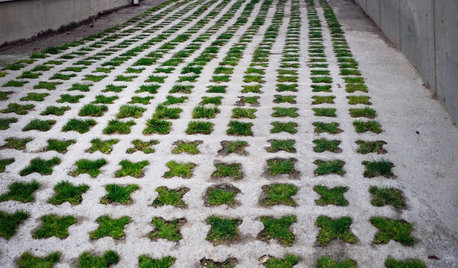
EARTH DAYHow to Build a Greener Driveway
Install a permeable driveway to keep pollutants out of water sources and groundwater levels balanced
Full Story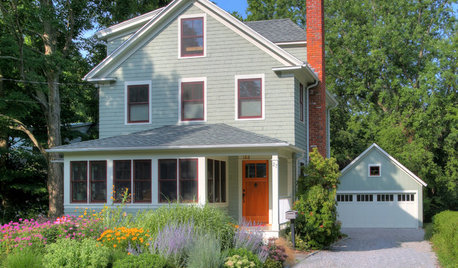
GREAT HOME PROJECTSUpgrade Your Front Yard for Curb Appeal and More
New project for a new year: Revamp lackluster landscaping for resale value, water savings and everyday enjoyment
Full Story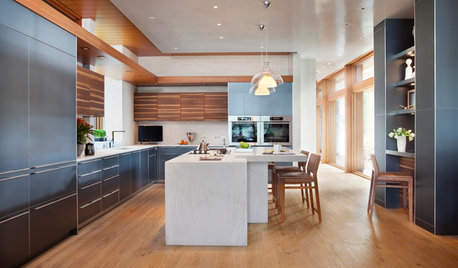
KITCHEN STORAGECabinets 101: How to Get the Storage You Want
Combine beauty and function in all of your cabinetry by keeping these basics in mind
Full Story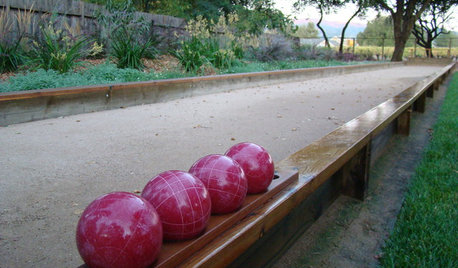
GREAT HOME PROJECTSWhat to Know About Adding a Backyard Bocce Ball Court
A regulation court in a relaxed setting helps you get the most from the Italian pastime. Here's what it takes to build one at home
Full Story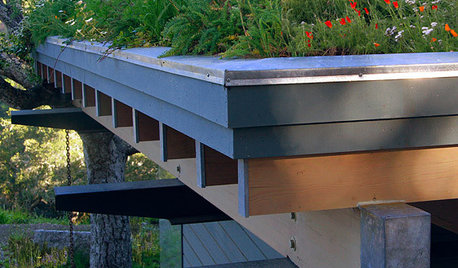
EARTH DAYHow to Install a Green Roof
Covering a roof with low-maintenance plants has benefits beyond just beauty. Get the details here
Full Story
MOST POPULARHow to Add a Backyard Shed for Storage or Living
Need a home office, a playspace or extra room for your stuff? Learn about off-the-shelf, prefab and custom sheds
Full Story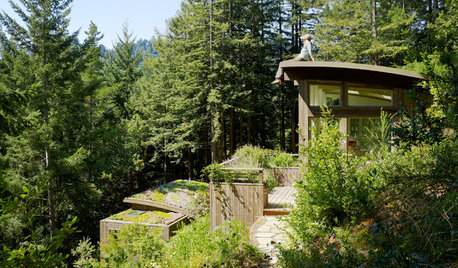
REMODELING GUIDESLiving Roofs Crown Green Design
Living roofs save energy, improve air, water, curb appeal — and the view from above doesn't hurt either
Full Story








tapla (mid-Michigan, USDA z5b-6a)